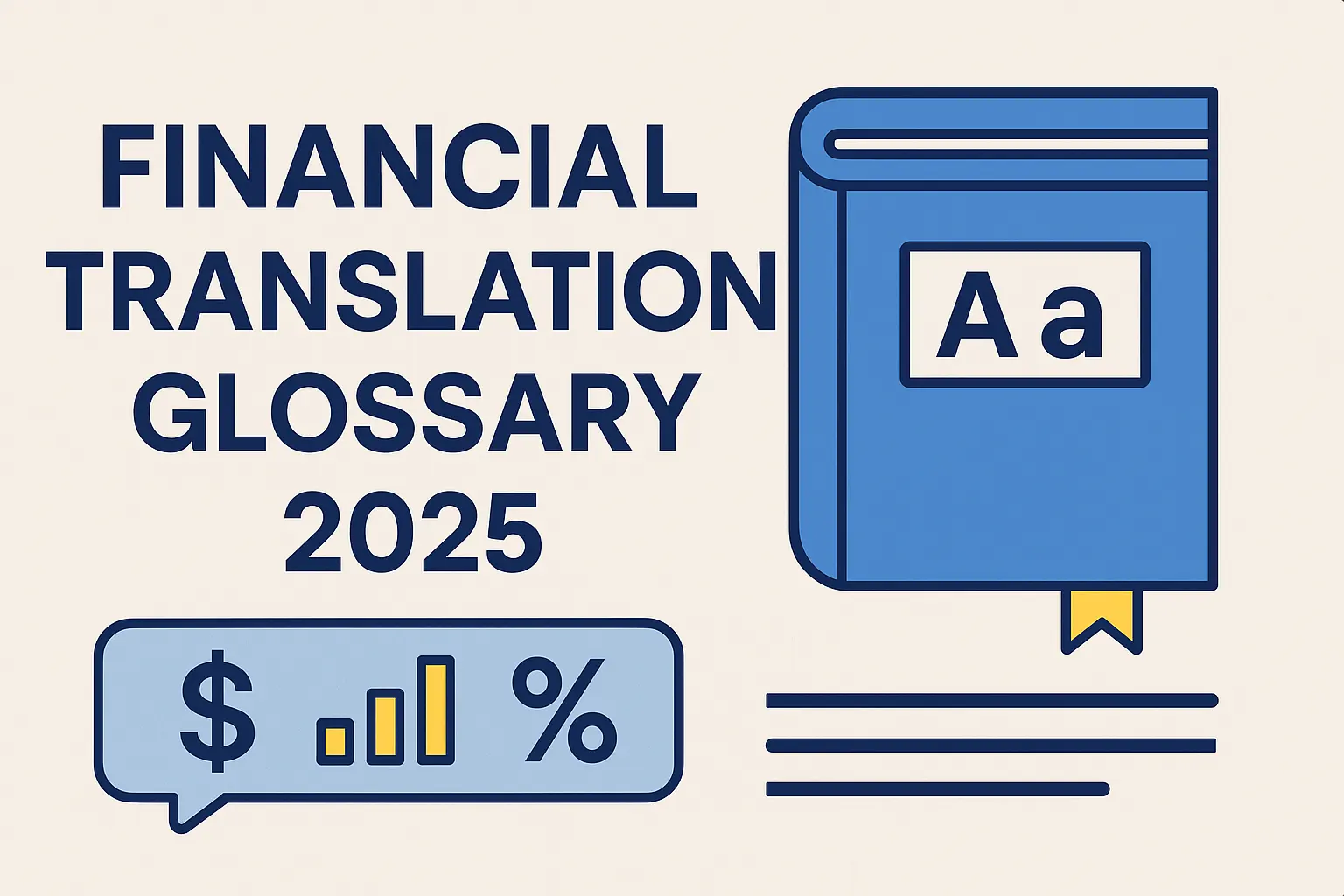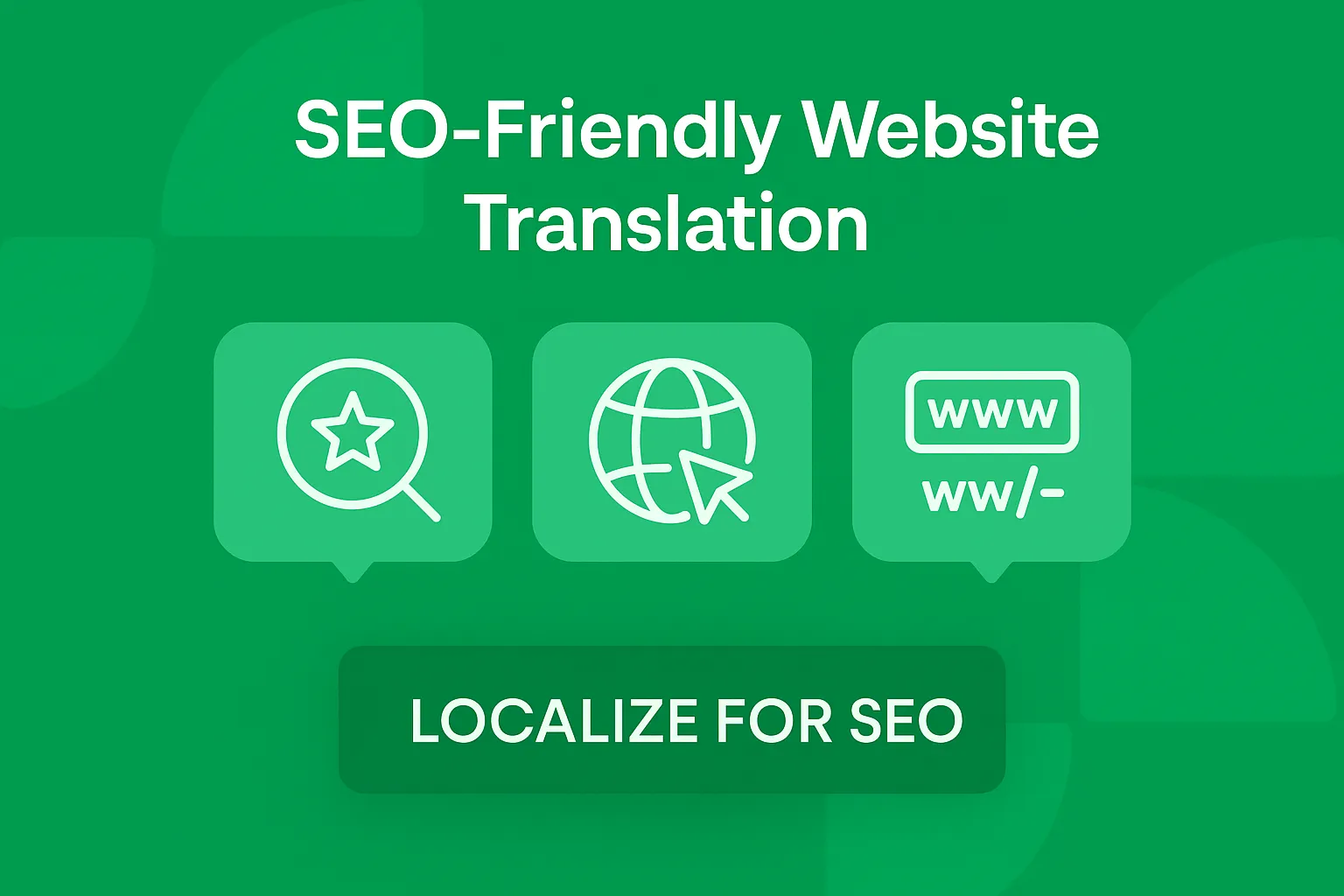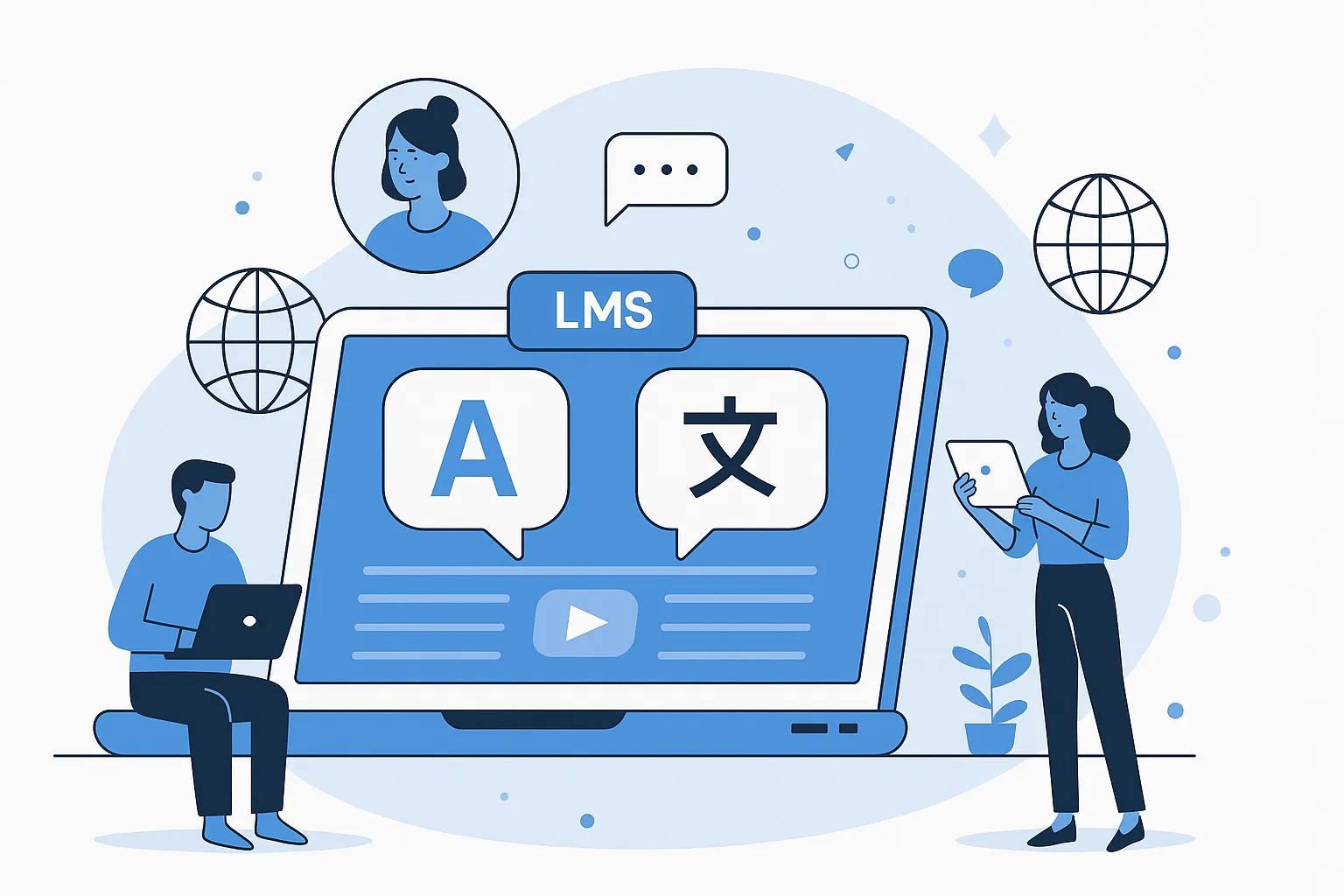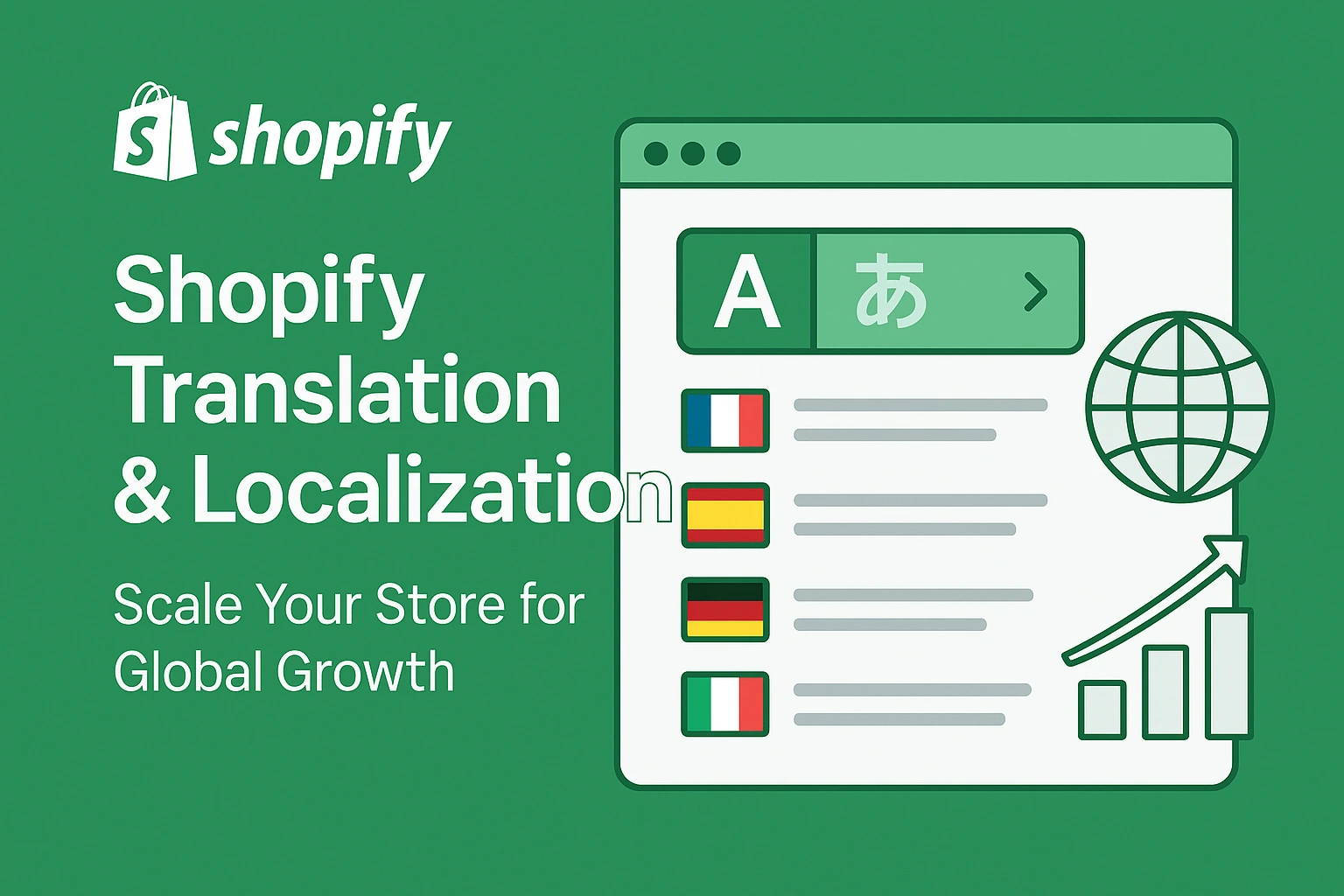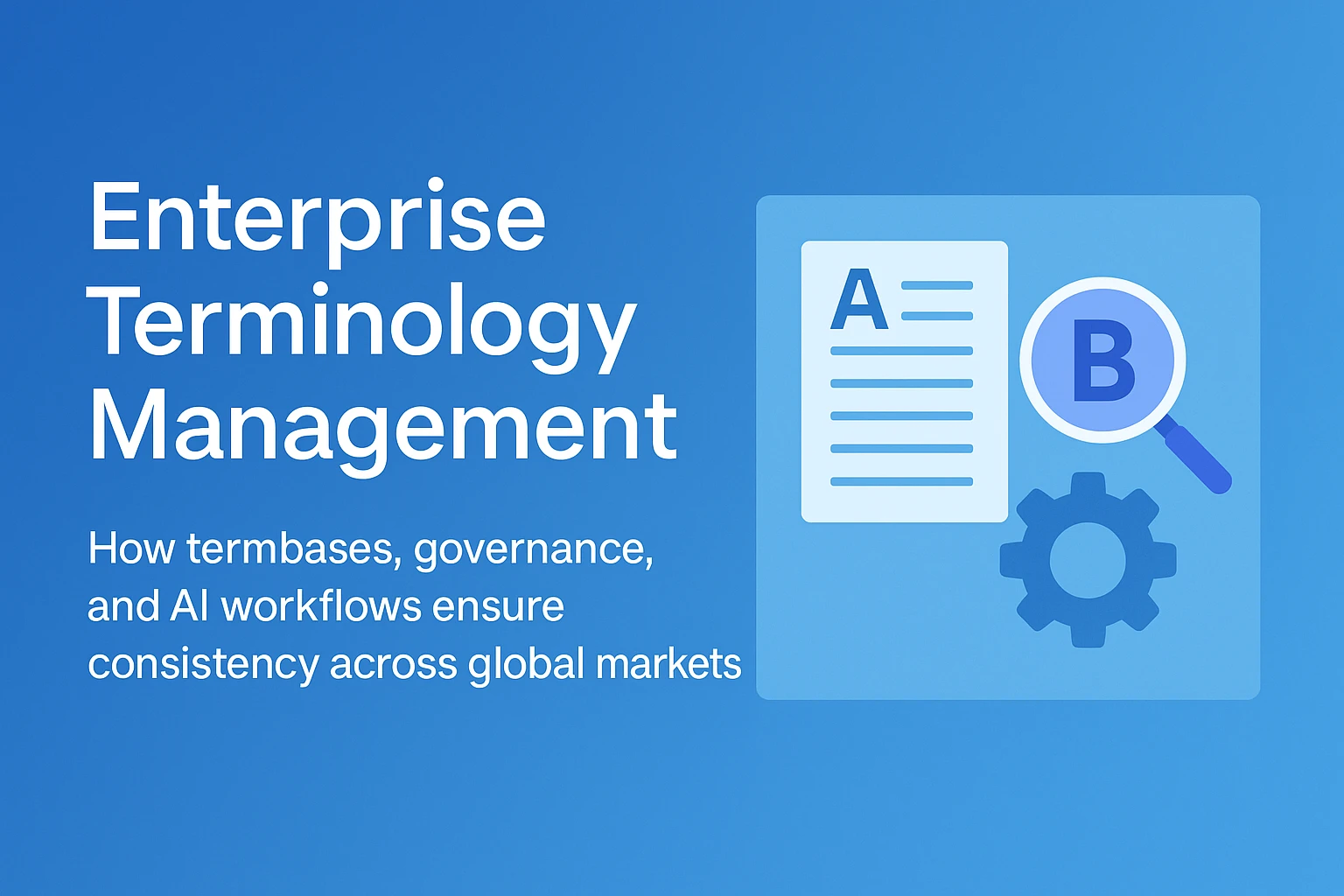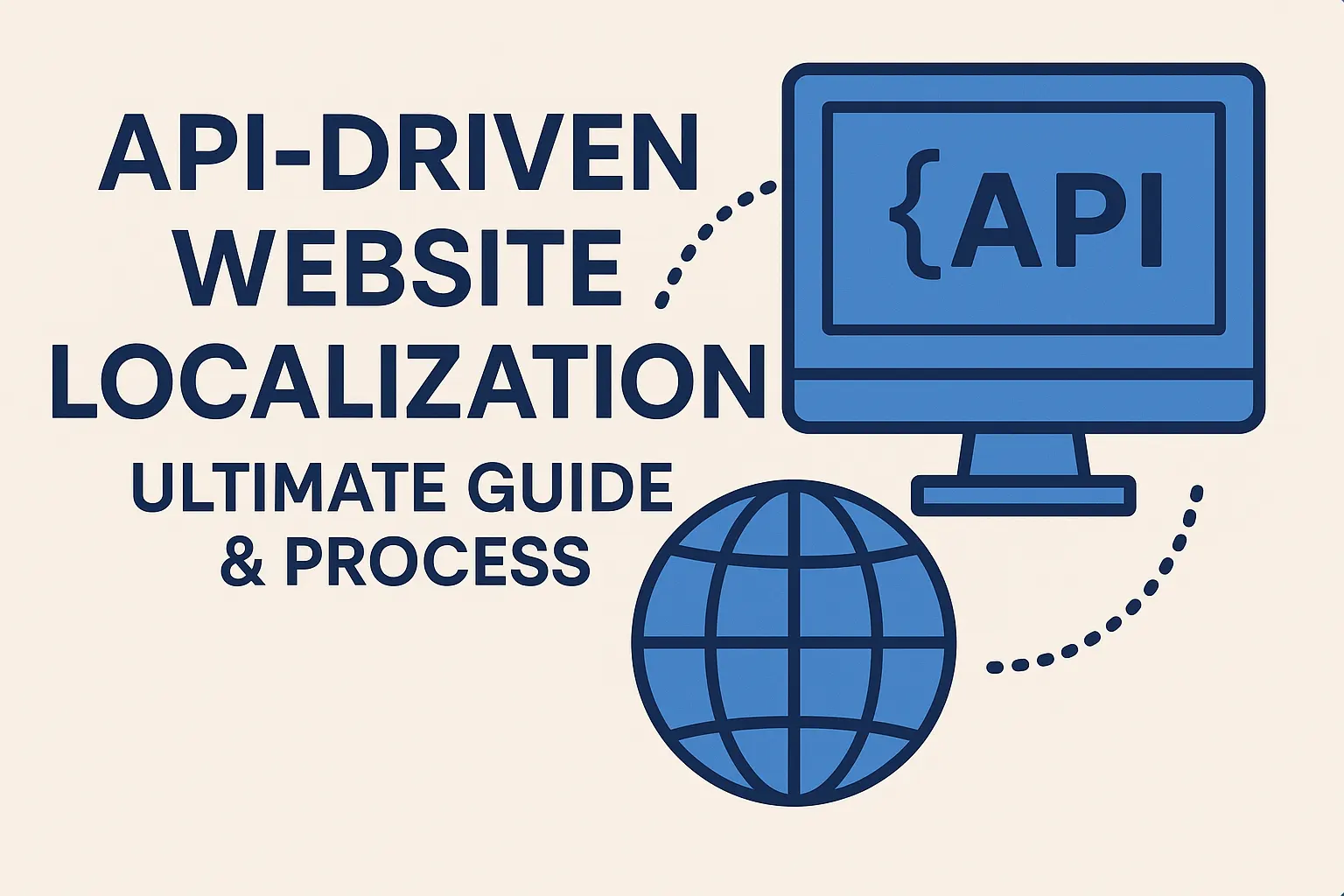For CFOs, controllers, compliance officers, and fintech program managers, a Financial Translation Regulatory Glossary is no longer optional.
In 2025, organizations face higher risks when financial content is translated without consistent terminology: misreporting of accounting terms, non-compliant investor documents, or mistranslations in ESG disclosures can trigger regulatory penalties and erode investor trust.
A well-governed translation glossary reduces that risk while accelerating time-to-market. By locking down approved financial terminology across markets, your teams can publish accurate reports, investor decks, and disclosures faster, with consistent language across all jurisdictions.
This guide explores the strategic role of a Financial Translation Glossary in 2025 and why it matters more than ever.
What is a Financial Translation Glossary and Why Does it Matter in 2025?
A financial translation glossary is a structured database of approved financial terms and their precise equivalents across languages, designed to eliminate ambiguity and enforce consistency. Unlike a dictionary, it is tailored to a company’s specific financial content.
Financial glossaries cover things like:
- Investor reports: quarterly/annual filings, earnings releases
- Regulatory filings: KIDs/PRIIPs, fund factsheets, ESG disclosures
- Accounting reports: XBRL notes, IFRS/GAAP statements
- Investor relations materials: presentations, decks, websites
Why it matters in 2025
Financial translation sits in a heavily regulated, high-stakes environment where terminology errors can trigger regulatory, legal, and financial consequences. This makes it distinct from marketing or general business copy, with much more at stake if any mistakes occur.
- Incorrect translation of “accruals” in an annual report → compliance red flag:
Under IFRS and GAAP, “accruals” have specific technical definitions. If mistranslated into a local equivalent that implies “provisions” or “prepayments,” auditors may flag the report as inconsistent with accounting standards.
This in turn can delay filings and impact stock market disclosures.
- Misrendered ESG terminology → reputational damage:
ESG reporting has become mandatory under the EU’s Corporate Sustainability Reporting Directive (CSRD) and SFDR.
Translating “Scope 3 emissions” incorrectly, e.g., localizing “Scope” rather than retaining it undermines comparability across jurisdictions.
- In 2023–24, PwC highlighted that 80% of investors consider ESG language consistency critical to trust.
- Wrong translation of risk disclosures → potential liability:
In IPO prospectuses and fund factsheets, disclosures must match the wording approved by regulators (SEC in the U.S., ESMA in Europe).
A mistranslation of “dosage cap” in a healthcare investment fund’s risk factors, for instance, could be considered misleading to investors under MiFID II or PRIIPs rules, exposing issuers to litigation.
The role of a financial glossary
Financial Translation Regulatory Glossary nowadays is like an operational safeguard for compliance and investor confidence.
A well-governed glossary ensures:
A Financial Translation Regulatory Glossary ensures:
- Locked definitions:
Every translator, reviewer, and system uses the same approved equivalent for terms like NAV, EBITDA, accruals, and Scope 1–3.
This eliminates ambiguity and protects against costly misinterpretations.
- Cross-market consistency:
No matter the market,whether on the desks of auditors in New York, regulators in Frankfurt, or investors in Singapore, the disclosures retain consistent terminology that reinforces credibility and compliance.
- Integration into workflows:
CAT/TMS and even MT engines pull directly from the glossary, reducing rework and review cycles.
In 2025, glossaries function as embedded compliance systems within financial translation workflows.. They reduce filing delays, avoid audit disputes, and maintain investor trust across multilingual disclosures.
At Circle Translations, we specialize in building and maintaining financial translation glossaries that meet the highest regulatory and linguistic standards. By integrating these glossaries into your translation workflows, we help ensure your filings are not only accurate and consistent but also ready to withstand regulatory scrutiny worldwide.
Glossary vs. Style Guide vs. Translation Memory — What’s the Difference?
In financial and legal translation, three resources often get mentioned in the same breath: glossaries, style guides, and translation memories (TM). They serve different purposes, but together they form the backbone of consistent, compliant, and efficient multilingual content delivery.
- Glossary (termbase):
The glossary is basically your terminology database. It contains approved terms, their validated translations, and even forbidden variants.
It’s packed with terminologies tied to the field it’s being used in, with precise equivalents locked across all languages.
- Style Guide:
The style guide defines the voice, tone, and formatting rules that keep documents consistent and regulator-ready across all markets.
It goes beyond grammatical accuracy, focusing on tonality and regional language preferences.
- Translation Memory (TM):
It acts as a repository storing translated segments and reuses them across projects, improving turnaround times and ensuring consistency in recurring sections like disclaimers, boilerplate language, or recurring accounting notes.
The glossary ensures accuracy, the style guide ensures readability, and the TM accelerates reuse, together they create a compliance ecosystem.
How Best-in-Class Teams Build Glossaries (People + Process + Tech)
A regulatory glossary is a carefully engineered system where linguists, compliance officers, and technology all play a role.
Best-in-class teams treat the process with utmost importance, as this sets the tone for all the projects to come. This puts even the reputation at stake.
Here’s what the process looks like:
- Term mining:
The process begins with extracting key terminology directly from accounting standards, investor relations decks, annual reports, and legal disclosures.
This ensures the glossary reflects the terminology unique to the company rather than generic financial terms.
SME vetting:
Every candidate’s term is validated by subject-matter experts, e.g., accountants, compliance officers, and legal advisors.
This way, the definitions align with regulatory expectations, not just linguistic preferences.
Moderated term-based:
Only after expert review do terms enter the approved glossary.
This extra step ensures translators see only compliant and validated equivalents in their tools.
Forbidden terms list:
This step is to mark what not to use.
Outdated, inconsistent, or risky terminology is flagged as “forbidden,” preventing reintroduction of errors across disclosures.
Publishing:
Once validated, the glossary is exported in TBX/CSV formats and plugged into CAT/TMS systems for both human translators and MT engines to pull directly from the same source.
Review cycle:
Language evolves, and so do regulations. That’s why the glossary is audited quarterly or whenever new standards emerge, ensuring it stays current, reliable, and passes the regulations.
At Circle Translations, we embed this entire cycle into our client workflows. From mining and SME validation to glossary publishing and quarterly audits, we act as both a linguistic partner and compliance ally. The result: fewer disputes, faster filings, and disclosures that inspire investor confidence—every time, in every market.
Where Glossaries Live (CAT/TMS Features You Can Leverage)
Modern translation platforms such as Circle translations make it easier than ever to embed glossary control directly into your workflow, ensuring consistency and compliance across every document and every language.
By integrating the glossary into your CAT or TMS system, you can enforce approved terminology at the point of translation, minimize errors, and accelerate review cycles.
Here are some industry popular CAT/TMS platforms and their features:
- memoQ:
Supports multilingual term bases with moderated term approval, giving translators access only to validated, regulator-approved terminology.
- Trados MultiTerm:
Enterprise-grade glossary management with robust reporting and version control for audit-ready workflows.
- Smartling:
Glossary integration with MT insertion capabilities, enabling consistent machine-assisted translation while maintaining human oversight.
- Crowdin:
Glossary editor is fully integrated into the translation workflow, so all contributors work from the same single source of truth.
- Lokalise:
Provides clear glossary guidance for localization governance, ensuring all content adheres to corporate and regulatory standards.
AI + Glossary: When Custom Terminology Controls Machine Output
By 2025, machine translation (MT) has been widely embedded from regulatory filings to investor updates into financial content workflows.
But generic MT systems often mistranslate financial acronyms, accounting standards, and market terminology, creating compliance and reputational risks.
A Financial Translation Regulatory Glossary prevents this by overriding MT suggestions with approved, pre-vetted terms.
Most enterprise MT and localization platforms now allow direct glossary integration:
- Amazon Translate custom terminology:
Upload CSV/TMX termbases, and the MT engine enforces glossary terms in all outputs.
- DeepL Glossary:
Set preferred translations for acronyms, product names, and financial terms across language pairs.
- Smartling:
Glossary integration with MT insertion capabilities, enabling consistent machine-assisted translation while maintaining human oversight.
- Smartcat:
Glossary editor integrated directly into the workflow, ensuring all translators and reviewers work from a single, validated source of terminology.
- Lokalise:
Provides clear glossary guidance for localization governance, ensuring all content adheres to corporate and regulatory standards.
Example:
If your glossary specifies that “EBITDA” should remain untranslated in French (rather than “BAIIA”), the MT system will lock that preference, delivering outputs aligned with your compliance team’s standards.
This integration transforms MT from a risky shortcut into a controlled, audit-ready productivity tool. But to ensure success, it’s paired with human review for regulated disclosures.
When to Restrict AI: Regulated & Investor-Facing Artifacts
Even with glossary overrides, machine translation (MT) has strict limits in financial workflows.
Certain documents are too high-stakes to risk automation because errors can trigger regulatory breaches, investor mistrust, or litigation.
AI should not be used as the primary method of translation for:
- Audited financial reports:
Must align precisely with IFRS/GAAP terminology; even minor mistranslations can raise compliance red flags.
- KIDs/PRIIPs:
EU regulations require translations that are both accurate and investor-friendly, leaving no room for MT ambiguity.
- Prospectuses and offering circulars:
Legal obligations under securities regulators demand certified human translation.
- Risk factors & legal disclaimers:
These sections define liability exposure. Errors could misstate obligations or mislead investors.
Where can using AI be tolerable then?
For background sections (e.g., market commentary, ESG narratives, or non-binding appendices), MT with glossary control and human post-editing (MTPE) may be acceptable.
But all investor-facing and regulated deliverables must pass through human-only translation, validated by ISO 17100 workflows and a second-linguist review.
Finance Entities Your Glossary Should Include
A Financial Translation Regulatory Glossary needs to cover all critical financial entities and instruments, ensuring accuracy and consistency across jurisdictions.
A Financial Translation Regulatory Glossary in 2025 should tick all the boxes listed below:
- Accounting: IFRS, GAAP, EBITDA, accruals.
- Markets: EPS, P/E ratio, ISIN, CUSIP.
- Funds: NAV, AUM, TER, UCITS.
- Banking/Fintech: KYC, AML, PSD2, IBAN.
- ESG: SFDR, Scope 1–3 emissions, taxonomy references.
Each entry should clarify what not to translate (codes, tickers) and locale-specific rules (decimal comma in Europe vs. point in the U.S.A).
Methodology & Deliverables: What Buyers Get from a 2025 Finance Glossary
A financial translation glossary in 2025 is a living, governed asset that drives accuracy across every report, investor deck, or disclosure.
When you commission a glossary project with a professional provider, such as Circle Translations, you should expect a structured set of deliverables that go beyond simple term list.
A Financial Translation Regulatory Glossary must include:
- Multilingual termbase (CSV/TBX format):
The foundation file contains approved terms, definitions, and context across all required languages. Structured in industry-standard formats (CSV, TBX, TMX) so it integrates seamlessly into your CAT/TMS tools.
- Forbidden terms list:
Highlights risky or misleading equivalents that must never be used, e.g., “earnings per share” ≠ “profits per share”, protecting you from regulatory misinterpretation.
- Style guide mapping:
Connects the glossary with tone, number formatting, capitalization, and regional usage rules, ensuring consistency in both terminology and writing style.
- Change log and version control:
Every term, addition, deletion, or update is tracked, creating an auditable trail for compliance reviews and internal governance.
- Integration checklist:
Detailed instructions for importing into leading platforms like memoQ, Trados, MultiTerm, Smartling, Crowdin, and Lokalise, so your linguists and vendors work from the same controlled base.
- Training & rollout sessions:
Orientation for translators, reviewers, and in-house finance teams to ensure everyone understands how to apply the glossary, approve new terms, and avoid “term creep.”
Why does this matters?
With these deliverables, your glossary evolves into a compliance-ready control mechanism. A living system embedded into your translation and publishing workflows.
This reduces risk, accelerates reviews, and ensures investor-facing documents always use the right terminology.
Who Maintains it and How Often? (Governance & SLAs)
A financial translation glossary is only as reliable as its governance. To remain accurate, compliant, and audit-ready, it must be actively maintained by a dedicated team and supported by clear service-level agreements (SLAs).
This could be different for each company. But there’s a framework, the enterprise follows:
- Owners:
A cross-functional team comprising a terminologist, financial subject-matter expert (SME), and project manager ensures that terminology decisions are both linguistically sound and aligned with regulatory requirements.
- Review cadence:
Glossaries should undergo a minimum quarterly review, with additional event-driven updates triggered by new regulations, IPOs, mergers and acquisitions, or other critical business events.
- Versioning:
Each glossary iteration is recorded with timestamps and detailed change logs, creating a clear audit trail for compliance and governance purposes
- Access control:
Role-based access control (RBAC) ensures that only authorized linguists can propose or approve terms, preventing unauthorized changes and maintaining consistency across markets.
This governance structure ensures accuracy, compliance, and audit readiness.
Sample Entries (A–Z) with Context & Don’ts
A financial translation glossary is only effective if every term includes clear instructions for usage, context, and forbidden variants.
Here’s a snapshot of what a best-in-class glossary entry might look like:
| Term | Preferred Translation (FR) | Forbidden Variant | Context Example | Locale Note |
| EBITDA | EBITDA (untranslated) | BAIIA | “EBITDA increased 15% YoY” | Keep in English across EU filings |
| Accruals | Comptes d’ajustement | Provision | “Accruals recorded at year-end” | Must align with the IFRS definition |
| Net Asset Value (NAV) | Valeur liquidative | Actif net | “Fund NAV published daily” | Required by UCITS regulation |
| Scope 3 Emissions | Émissions de Scope 3 | Scope trois | “Scope 3 emissions reported under SFDR” | Do not localize the “Scope” term |
This structured approach prevents term creep and ensures clarity across all markets.
Why Choose Us for Financial Terminology Management
At Circle Translations, we specialize in financial translation regulatory glossaries for banks, fintech firms, asset managers, and public companies.
Our Differentiators
- Native finance linguists across 120+ languages.
- ISO-aligned QA (17100, MQM/DQF) with second-linguist review.
- 24/7 project management & support for global reporting cycles.
- Secure client portals & NDA coverage.
- Flexible pricing tiers (Basic, Business, Pro, Custom).
- Integration-ready with memoQ, Trados, Lokalise, Smartling, and Crowdin.
Security & Compliance Posture
- NDAs signed with every linguist.
- Encrypted file storage and transfer.
- Role-based access controls (least privilege).
- GDPR alignment and data processing agreements are available.
With us, your glossary is a governed asset integrated into your reporting cycle.
Conclusion
A Financial Translation Regulatory Glossary is one of the most powerful compliance tools for global finance teams in 2025.
By defining approved terms, blocking forbidden variants, and integrating terminology into translation workflows, you reduce legal risk, accelerate reporting, and strengthen investor trust.
Circle Translations supports enterprises with native finance linguists, ISO-aligned QA, and secure delivery, so your financial disclosures are consistent, compliant, and audit-ready across every market.
Frequently Asked Questions:
What’s the difference between a financial translation glossary and a style guide?
A glossary locks down approved financial terms, while a style guide sets tone, casing, and locale usage. Both together drive consistency and compliance.
Can we use our glossary to control machine translation output?
Yes. Tools like Amazon Translate, custom terminology, and DeepL glossary override MT output with your approved terms. Human review remains mandatory for filings.
Who approves new terms, and how do we avoid “term creep”?
Use a moderated term base with a designated terminologist. New terms only become active after SME approval.
Which tools support enterprise glossaries?
Common tools include memoQ, Trados, MultiTerm, Smartling, Crowdin, and Lokalise—all offering glossary features with CAT/TMS integration.
What’s in scope for a finance glossary in 2025?
Accounting, markets, funds, banking/fintech, and ESG terms. Codes and tickers should never be translated.
How often should we review and update terms?
At least quarterly, plus whenever new regulations, products, or corporate events require updates. Always maintain a change log.
Can we connect our glossary to our CMS/TMS?
Yes. Most platforms allow CSV/TMX/TBX imports, API connections, or plugins for direct integration with your publishing workflow.







